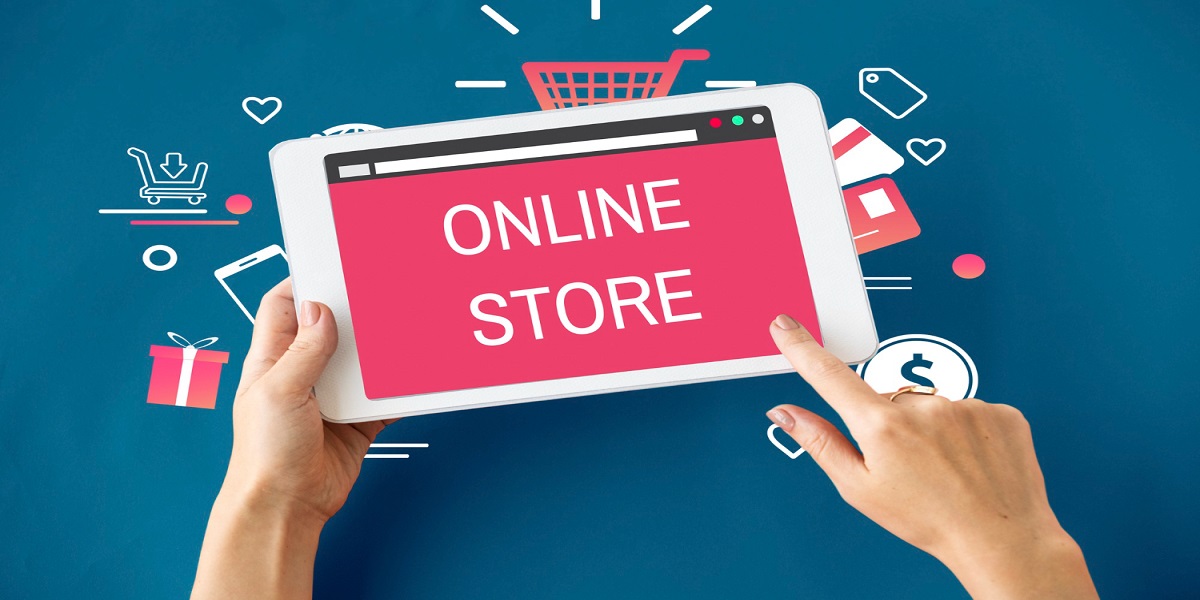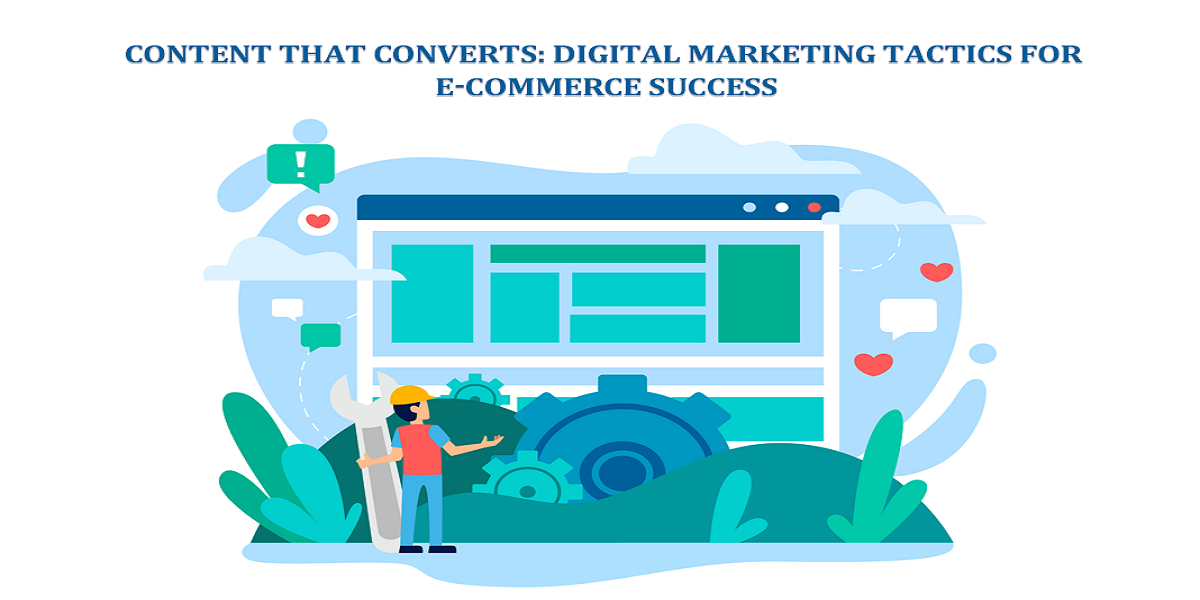
Start Strong, Scale Fast: Why Your ECommerce Store Needs an MVP and How to Build It
- By Yurii Dobrianskyi
- 29-09-2023
- E-commerce
Success in the quick-paced world of online purchasing depends on getting off to a solid start and expanding up swiftly. The idea of the Minimum Viable Product (MVP) is applicable in this situation. But what exactly is an MVP, and why is it crucial for your eCommerce store's launch?
We'll dig into the topic of MVPs in this article and demonstrate how they might affect your online store. Prepare to start your eCommerce journey and discover the secrets of a strong MVP that propels your store to unprecedented success.
Exploring the Concept of Minimum Viable Products
An MVP is the first version of your product that has only its essential features and functionalities, and is intended to answer the major needs of your target audience. It is a condensed version that makes it easier for you to rapidly and effectively launch your store. By concentrating on the essentials, you may validate your business concept, test your hypotheses, and get insightful feedback from early adopters.
The MVP approach's brilliance rests in its ability to cut development costs and time while also limiting hazards. An MVP allows you to take an iterative and incremental approach rather than investing considerable resources in constructing a full-featured product from the start. It allows you to collect insights, learn from customer behavior, and make data-driven decisions to improve and refine your eCommerce site.
You can evaluate market demand, uncover pain spots, and fine-tune your product based on genuine user input by launching an MVP. This iterative process guarantees that you are developing a product that is appealing to your target audience, increasing your chances of success in a competitive environment.
Moreover, an MVP allows you to start making cash right away. You may attract early adopters, secure initial purchases, and prove your business strategy by delivering a reduced version of your product. This not only provides you with critical financial resources, but it also gives proof of concept, which you can use to attract investors or gain extra money.
Numbers: Illuminating the Impact of MVP for E-Commerce Stores
Real-world data can provide tangible evidence of the impact MVPs can have on e-commerce stores. Let's look at some data that demonstrate the importance of MVPs in the e-commerce world:
- 125% Increase in Conversion Rates: According to an Invesp study, organizations that utilized MVP tactics saw a significant increase in conversion rates when compared to traditional product development processes.
- 30% Reduction in Development Costs: Statista study states that an MVP method can drastically cut development costs by focusing on critical features and services.
- 40% Faster Time-to-Market: Research by McKinsey & Company shows that businesses who use MVP approaches can get their e-commerce stores to market faster, giving them a competitive advantage and allowing them to generate income sooner.
- 70% Improvement in User Retention: According to an Apptimize study, implementing an MVP allows organizations to collect user feedback and evolve their product depending on consumer demands, resulting in increased user satisfaction and retention rates.
- 80% Increase in Customer Acquisition: Analysis from CB Insights states that startups who used MVP tactics saw a significant increase in client acquisition compared to those that used traditional development approaches.
- 25% Reduction in Time Spent on Failed Features: MVPs help businesses identify and eliminate features that do not resonate with users early on, saving important time and money, as observed by Eric Ries, author of "The Lean Startup".
71% of startups have slashed costs, for an average cost-cutting of 22%. Cutting costs becomes easier thanks to the MVP approach.
These figures demonstrate the favorable impact of MVPs on e-commerce shops, ranging from higher conversion rates and lower development costs to shorter time-to-market and higher customer retention. E-commerce enterprises can achieve better success and stay ahead of the competition by embracing the power of MVPs.
How MVP Benefits eCommerce Ventures
Using an MVP method in your eCommerce store might have a number of advantages that help your company succeed in the long run. Here are some of the main advantages of employing an MVP strategy:
1. Faster Time-to-Market
An MVP allows you to establish your eCommerce business rapidly by focusing on the critical features, giving you an early competitive advantage.
2. Cost-Effective Development
Building an MVP reduces development costs by focusing on core functionalities that fulfill client expectations, hence avoiding superfluous spending.
3. Market Validation
By receiving real-world user feedback, an MVP allows you to validate your product idea and market demand, guaranteeing that you're designing a solution that resonates with your target audience.
4. Iterative Improvements
With an MVP, you can collect valuable customer insights and develop your product based on user feedback, resulting in continual improvements and an improved user experience.
5. Risk Mitigation
An MVP strategy identifies potential risks and obstacles early on by testing your assumptions, allowing you to fix them before committing major resources.
6. Efficient Resource Allocation
With an MVP, you can strategically deploy resources, focusing on the most important features and functionalities, ensuring optimal return on investment.
7. Rapid Learning and Adaptation
Implementing an MVP fosters a culture of constant learning and adaptation, allowing you to respond to changing market dynamics and client preferences while remaining agile.
8. Early Revenue Generation
By engaging early adopters and securing initial purchases, you can create income early on, giving critical financial resources for future growth.
9. Competitive Advantage
You can obtain a competitive advantage over slower-moving competitors by launching your eCommerce business faster and responding to client feedback more quickly.
10. Scalability and Long-Term Growth
An MVP serves as a solid foundation for future growth, ensuring that your eCommerce business is founded on validated assumptions, user insights, and a great product-market fit.
By incorporating the benefits of an MVP into your eCommerce shop development, you can navigate the competitive landscape more efficiently, create a customer-centric solution, and set the stage for long-term growth and success.
A Look at Different MVP Types for eCommerce Stores
There are different types of MVPs for eCommerce sites that can be deployed based on your individual goals and target audience. Let's look at some real-world instances of typical MVP types:
- Landing Page MVP: Make a basic landing page that highlights your product and its key value proposition. Collect email addresses from users to evaluate interest and check demand. Dropbox employed this strategy to successfully amass pre-launch sign-ups.
- Concierge MVP: Give a small group of early adopters a personalized, hands-on experience. This enables you to validate your business concept and get detailed feedback. Zappos began as a concierge MVP, accepting orders and procuring shoes from local merchants by hand.
- Wizard of Oz MVP: Simulate the entire user experience behind the scenes, even if some functions are handled manually. DoorDash, the food delivery company, began by having their founders hand collect orders and dispatch deliveries to test demand before constructing a complex infrastructure.
- Piecemeal MVP: Create and launch an MVP by concentrating on a single product feature or capability. WhatsApp began with merely messaging capabilities before adding voice calls and file sharing.
- Single-Feature MVP: Create an MVP that focuses on a single core feature that addresses a key pain issue. Before becoming the comprehensive platform it is now, Twitter was first a microblogging website that let users post brief messages.
- Pre-Order MVP: Allowing customers to place pre-orders for products before they are finished being built. This assists in validating demand and securing early sales. This method was utilized by Oculus Rift, which allowed users to pre-order virtual reality headsets.
- Reverse MVP: Create a community or platform where people can contribute and collaborate instead of producing the product first. Threadless, a renowned online t-shirt retailer, began as a platform where users could submit their own designs, with the most popular being printed and sold.
These examples show the adaptability of MVP types in eCommerce. Choosing the best strategy is dependent on your product, target market, and specific goals. Implementing an MVP suited to your eCommerce business enables you to confirm your assumptions, iterate depending on user feedback, and create a solution that actually fits the demands of your customers.
Key Steps for Creating an E-commerce MVP
Developing a Minimum Viable Product (MVP) for your e-commerce store necessitates a targeted approach in order to rapidly launch your business and collect useful feedback from users. Here are Top 5 Steps to take while developing an MVP for your e-commerce venture:
1. Identify Core User Needs
Investigate and discover your target audience's major pain areas and wants. This understanding will help you choose the main features and functionalities that will effectively fulfill those needs.
2. Define Minimum Feature Set
Determine the fundamental elements required to deliver a meaningful user experience and meet your e-commerce store's basic requirements. Concentrate on the primary capabilities that correspond to the needs and preferences of your target audience.
3. Design User Interface and Experience
Create a straightforward, visually appealing, and optimized user interface (UI) for a seamless shopping experience. Prioritize simplicity and usability while ensuring your MVP accurately portrays your brand identity.
4. Develop and Test
Create the MVP using agile development techniques. Divide the development process into iterations, with each iteration focusing on building and testing the main functionality incrementally. Test your MVP with real users on a regular basis to obtain feedback and validate your assumptions.
5. Iterate and Refine
Collect and analyze data on a regular basis to discover areas for improvement. Include input in iterative cycles, making modifications and upgrades based on user insights. Aim to alleviate user pain points, improve performance, and improve the overall user experience.
Bonus Step: Launch and Gather Feedback
Once you have a working MVP, launch it to a small audience or market group. Encourage users to submit feedback so that you may gather vital information on usability, issues, and future feature enhancements. Use this feedback to shape your future development strategy.
You can build an MVP for your e-commerce shop that satisfies the core demands of your target audience while minimizing development costs and time by following these steps. Remember that the purpose of an MVP is to validate your assumptions, collect feedback, and iterate towards a more refined and effective e-commerce solution.
Don’t Underestimate the Power of Outsourcing
There are various ways to consider when developing an e-commerce MVP. Using platforms like Shopify, and no-code tools like Bubble.io can be great options to build MVP but they have some disadvantages. Or you can reach out to outsourcing agencies like Innovation Feel. While all of these options have advantages, outsourcing can provide major benefits. Here are the Top 3 Reasons why outsourcing an e-commerce MVP is a superior option:
1. Access to Expertise and Specialized Skills
Outsourcing companies often have a team of skilled individuals with skills in a variety of e-commerce development areas, including as design, development, and marketing. You can tap into this diversified skill set and benefit from their industry experience by outsourcing. These firms frequently have a track record of successfully completing e-commerce projects, providing a higher quality MVP.
2. Cost-Effectiveness and Time Efficiency
When compared to hiring an in-house team, outsourcing can be a more cost-effective solution. Outsourcing allows you to avoid the expenditures of recruitment, onboarding, and training. Furthermore, outsourcing firms frequently work on fixed-price or project-based contracts, which allows for better budget monitoring. Another advantage of outsourcing is the effective management of the development process by agencies, which results in a shorter time-to-market for your e-commerce MVP.
3. Flexibility and Scalability
Outsourcing services provide scalability and flexibility to meet your changing needs. Outsourcing allows you to simply scale up your development team or add new resources as your e-commerce store grows. Outsourcing companies can also adapt to changing project requirements, making it easier to pivot and alter the MVP based on user input and market expectations.
You may harness the experience of professionals, save money and time, and have the flexibility to adapt and scale as your business grows by outsourcing the development of your e-commerce MVP. It enables you to concentrate on your core talents while delegating technical aspects to specialists.
However, it is critical to conduct extensive research and select a credible outsourcing agency that is aligned with your project goals, has a proven track record, and can provide the necessary assistance and collaboration throughout the development process.
Final Thoughts
In a nutshell, the MVP technique is critical when developing an eCommerce store since it helps you to evaluate your idea, optimize resource allocation, and achieve speedy market entry. You may maximize your product, improve the user experience, and scale your eCommerce business to suit the changing needs of your clients by focusing on the essential functionalities and incorporating user feedback. By embracing the potential of the MVP, you can establish a profitable and customer-centric eCommerce business.
Considering options like platforms (Shopify etc) and no-code tools (Bubble.io etc) can be fast adoption of MVP for your store but racing out to outsourcing companies like Innovation Feel can be beneficial for building the initial version of your e-commerce venture. Outsourcing allows you to shorten your development process, gain access to specialized talents, and more efficiently traverse the challenges of e-commerce, eventually delivering your MVP to market faster and with greater confidence.
Recent blog

How NASA Uses Web Design to Optimize User Experience in Space Control
Web Design | 03-05-2024
Content that Converts: Digital Marketing Tactics for E-Commerce Success
E-commerce | 02-05-2024.png)

.png)


